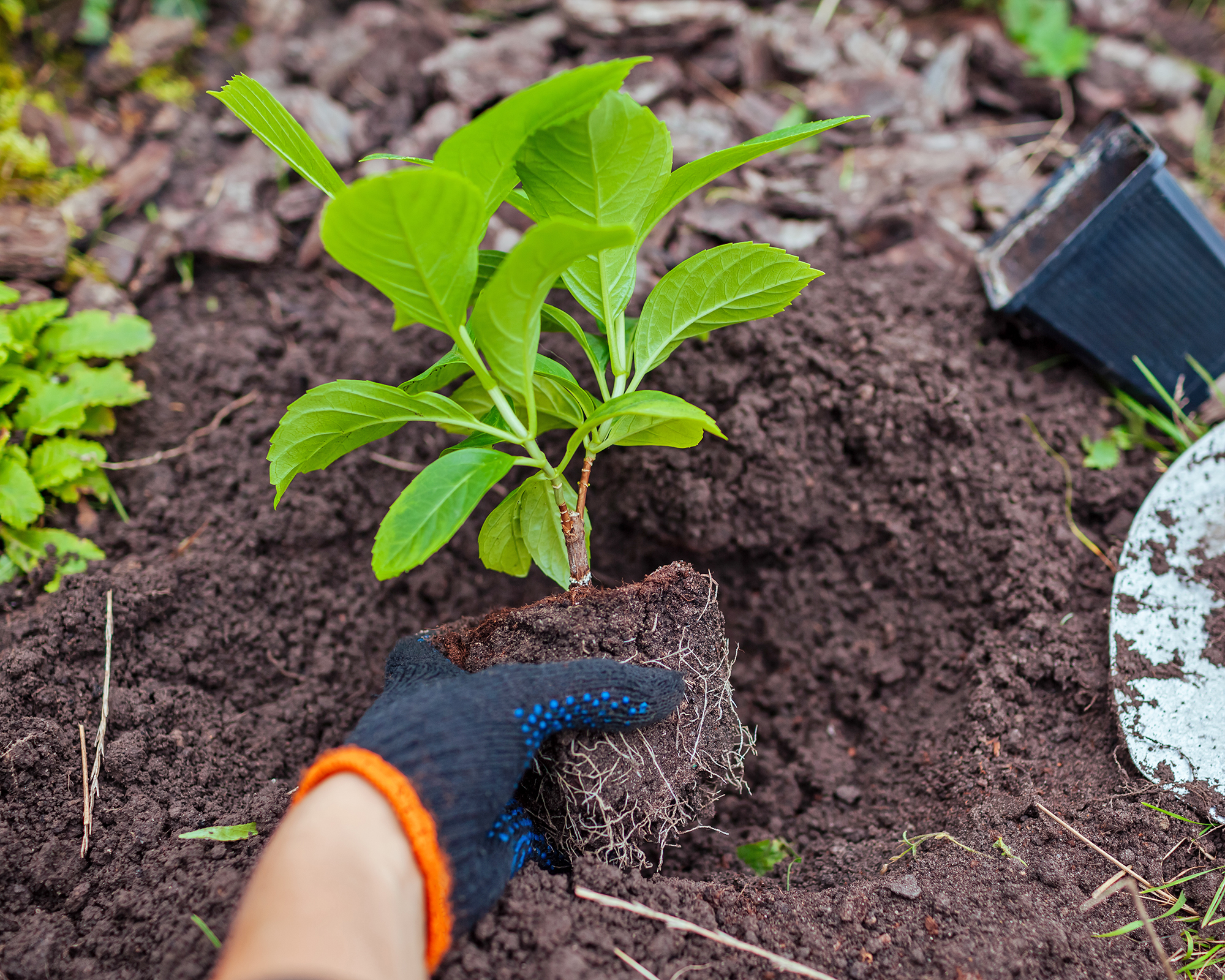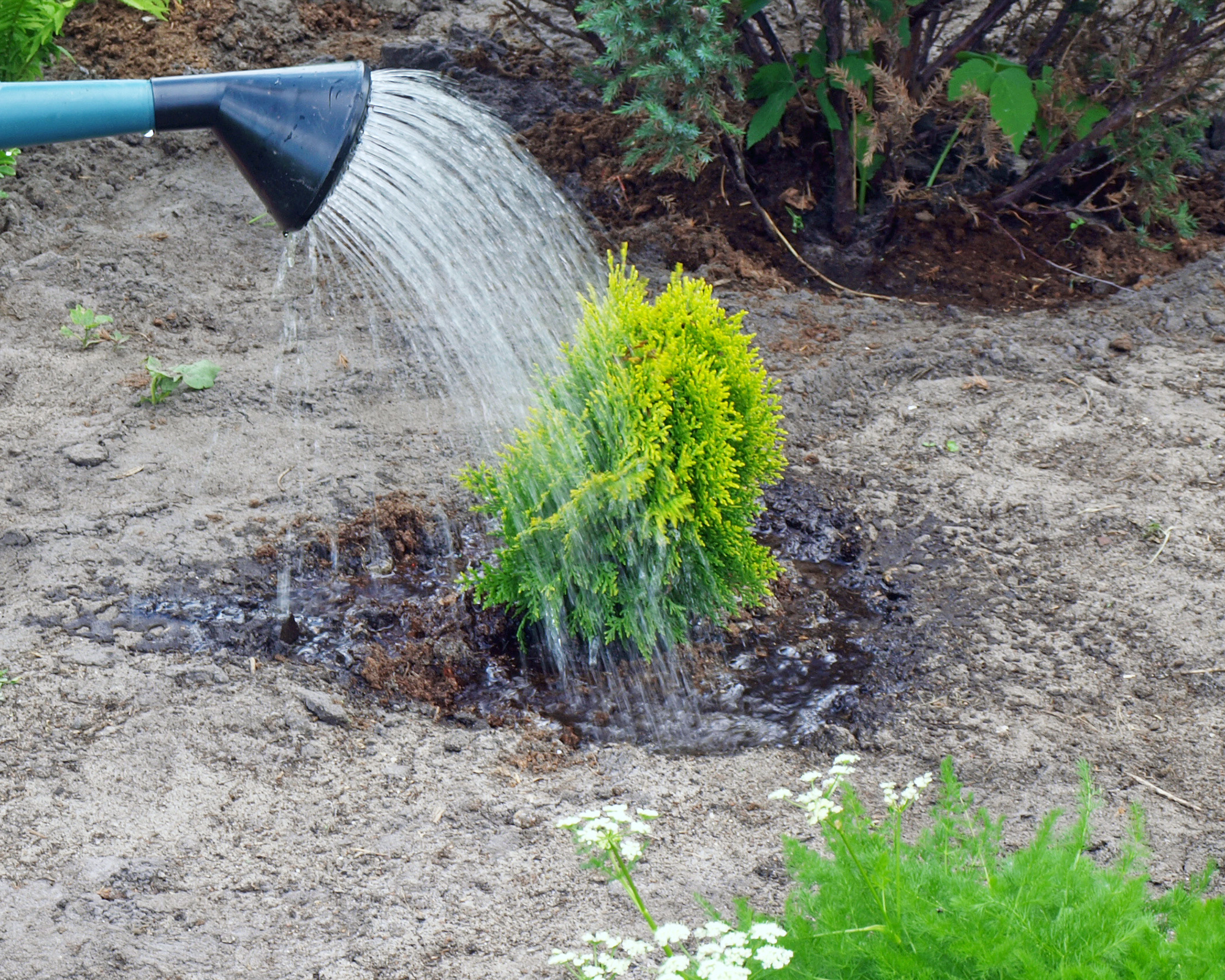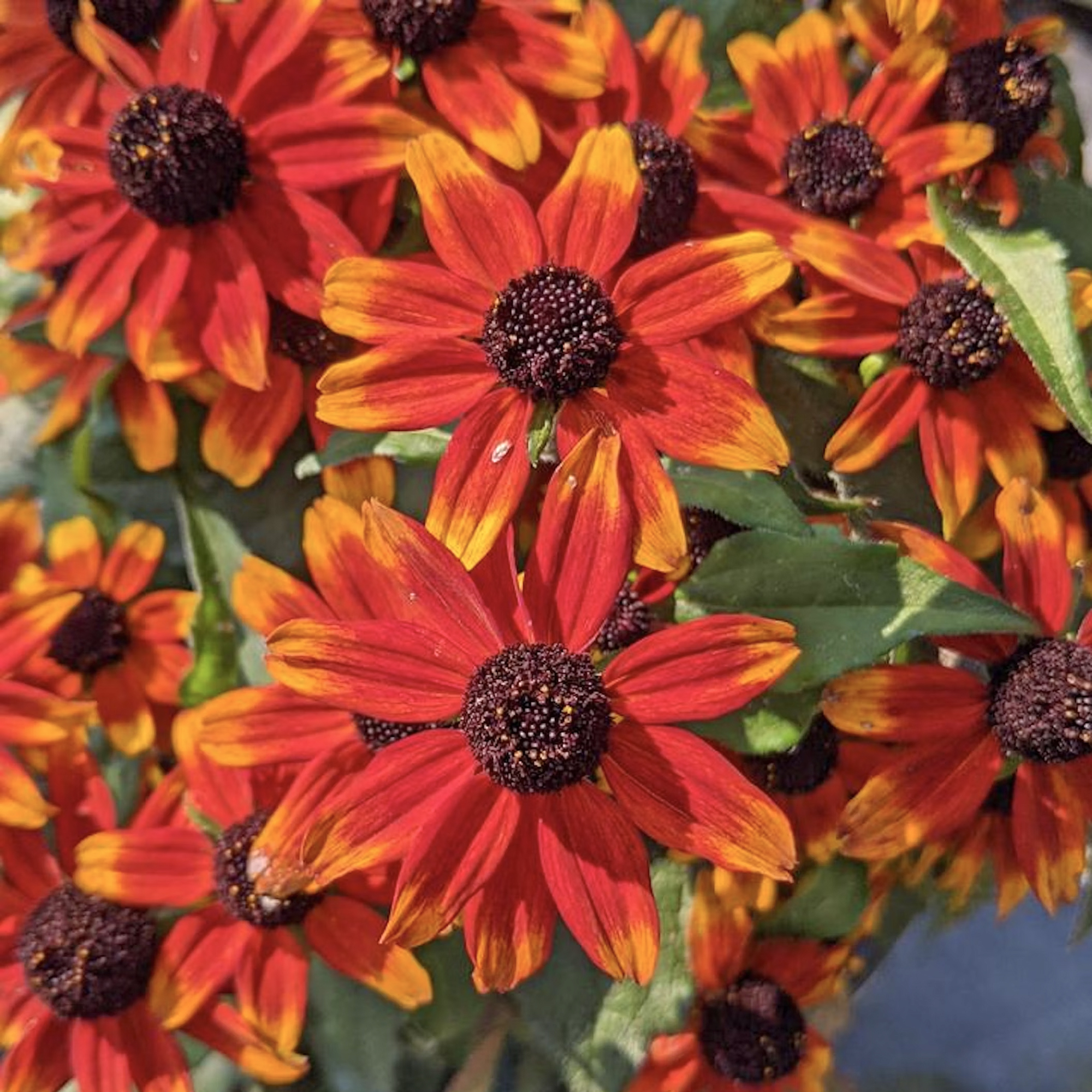Planting Perennials In Fall: How To Ensure New Shrubs And Flowers Thrive
Fall is the perfect time to get a head start on your garden goals by planting many perennial varieties. Come spring time, they will be raring to go.

Melanie Griffiths

Each year, growers eagerly await the arrival of spring. Warmer temperatures and early rainfall make this an ideal time to begin planting a garden. However, though many annual and perennial flowers can be planted in the spring, some thrive with a later start.
Planting perennials in fall can give your plants the foundation they need to weather the winter – as the air cools and the soil remains warm, these conditions encourage strong root development.
Some of the best perennials to plant in fall are varieties that stay dormant until spring arrives, but myriad flowering perennials and evergreen plants benefit from fall planting.
When planting perennials in fall, it’s essential to choose the right location, considering sunlight and soil type to ensure the plants will thrive. Watering deeply after planting and mulching will help protect young roots from frost, while spacing them properly allows for healthy growth.
As the garden quiets down, you can take pleasure in knowing that the work you do now will result in a burst of color and life as soon as spring arrives.

Benefits of Planting Perennials in Fall
In fall, perennial plantings are generally done one to two months before the ground begins to freeze. During this time, plants can acclimate to their new growing conditions within the garden. This allows for available energy to be diverted where needed, rather than to the development of new spring growth. This period of establishment will help new perennials better withstand winter conditions and help them get a jump start on the coming season.
Fall-planted perennials will also develop a strong root system. Throughout autumn, warm soil temperatures allow each plant’s roots to continue to spread. Under cooler fall conditions, plants can continue their growth process with very little environmental stress. Those with a mature root system are more likely to thrive in their first growing season and may even produce their first flowers.
Sign up for the Gardening Know How newsletter today and receive a free copy of our e-book "How to Grow Delicious Tomatoes".
Experienced growers often find that the need for water is much less following the summer. This makes fall planting a good choice in regions that are excessively hot throughout the year or those commonly affected by drought.
As the growing season comes to a close, gardeners planting fall perennials are likely to notice a distinct difference in insect pressure. By the time cooler weather has arrived, most insects have finished their lifecycle in preparation for winter. This helps growers to avoid potential damage and disease.
How to Plant Perennials in Fall
When planting perennials in fall, there are some key steps to follow to ensure plants will establish themselves, develop strong roots, and not succumb to winter frosts.
1. Prepare the Planting Hole

Perennial plants should be grown in a well-amended location that drains well. Each hole can be dug to a size that is approximately twice the width and depth of the plant’s root ball.
Before placing it into the hole, gently loosen its outer roots. Once positioned at the soil line, the hole can be backfilled carefully, making certain to avoid damage to the plant’s stems or foliage.
Though it may be tempting to fertilize perennials at this time, most sources advise against the application of feeds until the arrival of spring.
2. Water Thoroughly

Most plants will require thorough watering once they have been moved to a new location. Those that have been planted in the fall are no exception.
To help the plant resume growth quickly, each growing bed should be watered well. The use of drip irrigation or soaker hoses is especially useful, as deep watering will ensure consistent moisture throughout the root zone.
Routine irrigation should occur throughout autumn until the ground freezes. Monitor the soil, watering only when the top few inches within the bed become dry.
3, Mulch for Winter

Mulching perennial plants for winter serves several purposes. Mulch will help the garden soil to retain both moisture and warmth. This will be vital as cooler temperatures approach, allowing ample time for new plants to become better established.
The application of mulch to perennials will also help to protect the plants from harsh winter conditions, preventing damage caused by extreme cold.
This article features products available from third-party vendors on the Gardening Know How Shop.

Tonya Barnett has been gardening for 13 years. Flowers are her passion. She has transformed her backyard into a cut flower garden, which she regularly chronicles on her YouTube channel http://www.youtube.com/@tonyawiththeflowers.
- Melanie GriffithsEditor in Chief
